当前位置:网站首页>计算YUV文件的PSNR与SSIM
计算YUV文件的PSNR与SSIM
2022-08-11 06:33:00 【mytzs123】
import numpy as np
from PIL import Image
import glob
import math
import cv2
import os
raw_yuv_path = r'C:\Users\weiwei\Desktop\python_ssim 计算\raw_832x480_50.yuv'
com_yuv_path = r'C:\Users\weiwei\Desktop\python_ssim 计算\com_832x480_50.yuv'
raw_write_path = r'C:\Users\weiwei\Desktop\python_ssim 计算\1.yuv'
h, w, nfs = 832, 480, 50
def calculate_psnr(img1, img2):
# img1 and img2 have range [0, 255]
img1 = img1.astype(np.float64)
img2 = img2.astype(np.float64)
mse = np.mean((img1 - img2)**2)
if mse == 0:
return float('inf')
return 20 * math.log10(255.0 / math.sqrt(mse))
def ssim(img1, img2):
C1 = (0.01 * 255)**2
C2 = (0.03 * 255)**2
img1 = img1.astype(np.float64)
img2 = img2.astype(np.float64)
kernel = cv2.getGaussianKernel(11, 1.5)
window = np.outer(kernel, kernel.transpose())
mu1 = cv2.filter2D(img1, -1, window)[5:-5, 5:-5] # valid
mu2 = cv2.filter2D(img2, -1, window)[5:-5, 5:-5]
mu1_sq = mu1**2
mu2_sq = mu2**2
mu1_mu2 = mu1 * mu2
sigma1_sq = cv2.filter2D(img1**2, -1, window)[5:-5, 5:-5] - mu1_sq
sigma2_sq = cv2.filter2D(img2**2, -1, window)[5:-5, 5:-5] - mu2_sq
sigma12 = cv2.filter2D(img1 * img2, -1, window)[5:-5, 5:-5] - mu1_mu2
ssim_map = ((2 * mu1_mu2 + C1) * (2 * sigma12 + C2)) / ((mu1_sq + mu2_sq + C1) *
(sigma1_sq + sigma2_sq + C2))
return ssim_map.mean()
def calculate_ssim(img1, img2):
'''calculate SSIM
the same outputs as MATLAB's
img1, img2: [0, 255]
'''
if not img1.shape == img2.shape:
raise ValueError('Input images must have the same dimensions.')
if img1.ndim == 2:
return ssim(img1, img2)
elif img1.ndim == 3:
if img1.shape[2] == 3:
ssims = []
for i in range(3):
ssims.append(ssim(img1, img2))
return np.array(ssims).mean()
elif img1.shape[2] == 1:
return ssim(np.squeeze(img1), np.squeeze(img2))
else:
raise ValueError('Wrong input image dimensions.')
def import_yuv(seq_path, h, w, tot_frm, yuv_type='420p', start_frm=0, only_y=False):
if yuv_type == '420p':
hh, ww = h // 2, w // 2
elif yuv_type == '444p':
hh, ww = h, w
else:
raise Exception('yuv_type not supported.')
y_size, u_size, v_size = h * w, hh * ww, hh * ww
blk_size = y_size + u_size + v_size
# init
y_seq = np.zeros((tot_frm, h, w), dtype=np.uint8)
if not only_y:
u_seq = np.zeros((tot_frm, hh, ww), dtype=np.uint8)
v_seq = np.zeros((tot_frm, hh, ww), dtype=np.uint8)
# read data
with open(seq_path, 'rb') as fp:
for i in range(tot_frm):
fp.seek(int(blk_size * (start_frm + i)), 0) # skip frames
y_frm = np.fromfile(fp, dtype=np.uint8, count=y_size).reshape(h, w)
#y_frm = np.fromfile(fp, dtype=np.uint8, count=y_size)
#v_frm = np.fromfile(fp, dtype=np.uint8, count=v_size)
if only_y:
y_seq[i, ...] = y_frm
else:
u_frm = np.fromfile(fp, dtype=np.uint8, \
count=u_size).reshape(hh, ww)
v_frm = np.fromfile(fp, dtype=np.uint8, \
count=v_size).reshape(hh, ww)
y_seq[i, ...], u_seq[i, ...], v_seq[i, ...] = y_frm, u_frm, v_frm
if only_y:
return y_seq
else:
return y_seq, u_seq, v_seq
# Press the green button in the gutter to run the script.
if __name__ == '__main__':
folder_GT = r'C:\Users\weiwei\Desktop\python_YUV\data\raw'
folder_Gen = r'C:\Users\weiwei\Desktop\python_YUV\data\compressed'
crop_border = 4
suffix = '' # suffix for Gen images
#test_Y = False # True: test Y channel only; False: test RGB channels
test_Y = True # True: test Y channel only; False: test RGB channels
PSNR_all = []
SSIM_all = []
img_list = sorted(glob.glob(folder_GT + '/*'))
raw_y = import_yuv(
seq_path=raw_yuv_path, h=h, w=w, tot_frm=nfs, start_frm=0, only_y=True
)
#write_yuv(raw_write_path=raw_write_path, y_seq=raw_y, u_seq=raw_u, v_seq=raw_v, h=h, w=w, tot_frm=nfs, start_frm=0, only_y=False)
com_y = import_yuv(
seq_path=com_yuv_path, h=h, w=w, tot_frm=nfs, start_frm=0, only_y=True
)
for i in range(len(raw_y)):
im_raw_y = raw_y[i]
im_com_y = com_y[i]
# calculate PSNR and SSIM
PSNR = calculate_psnr(im_raw_y, im_com_y)
SSIM = calculate_ssim(im_raw_y, im_com_y)
print('{:3d} 帧--- \tPSNR: {:.6f} dB, \tSSIM: {:.6f}'.format(
i + 1, PSNR, SSIM))
PSNR_all.append(PSNR)
SSIM_all.append(SSIM)
print('Average: PSNR: {:.6f} dB, SSIM: {:.6f}'.format(
sum(PSNR_all) / len(PSNR_all),
sum(SSIM_all) / len(SSIM_all)))
# 输出第一帧并保存
gt_image = raw_y[[0], :, :]
gt_image = np.reshape(gt_image, (480, 832))
im = Image.fromarray(gt_image)
im.save("out.jpeg")
# 如果数据在GPU上,转移到CPU上计算
ssim_gt_data = 255 * (gt_data.squeeze(0).squeeze(0)).cpu().numpy()
ssim_lq_data = 255 * ((lq_data[0, radius, ...]).squeeze(0).cpu().numpy())
sim_en_data = 255 * (enhanced_data.squeeze(0).squeeze(0)).cpu().numpy()# 使用FFmpeg计算
ffmpeg -s 832x480 -i G:\datas\test_18\HM16.5_LDP\QP37\BasketballDrill_832x480_50.yuv -s 832x480 -i G:\datas\test_18\raw\BasketballDrill_832x480_50.yuv -lavfi ssim="stats_file=ssim.log" -f null -边栏推荐
猜你喜欢
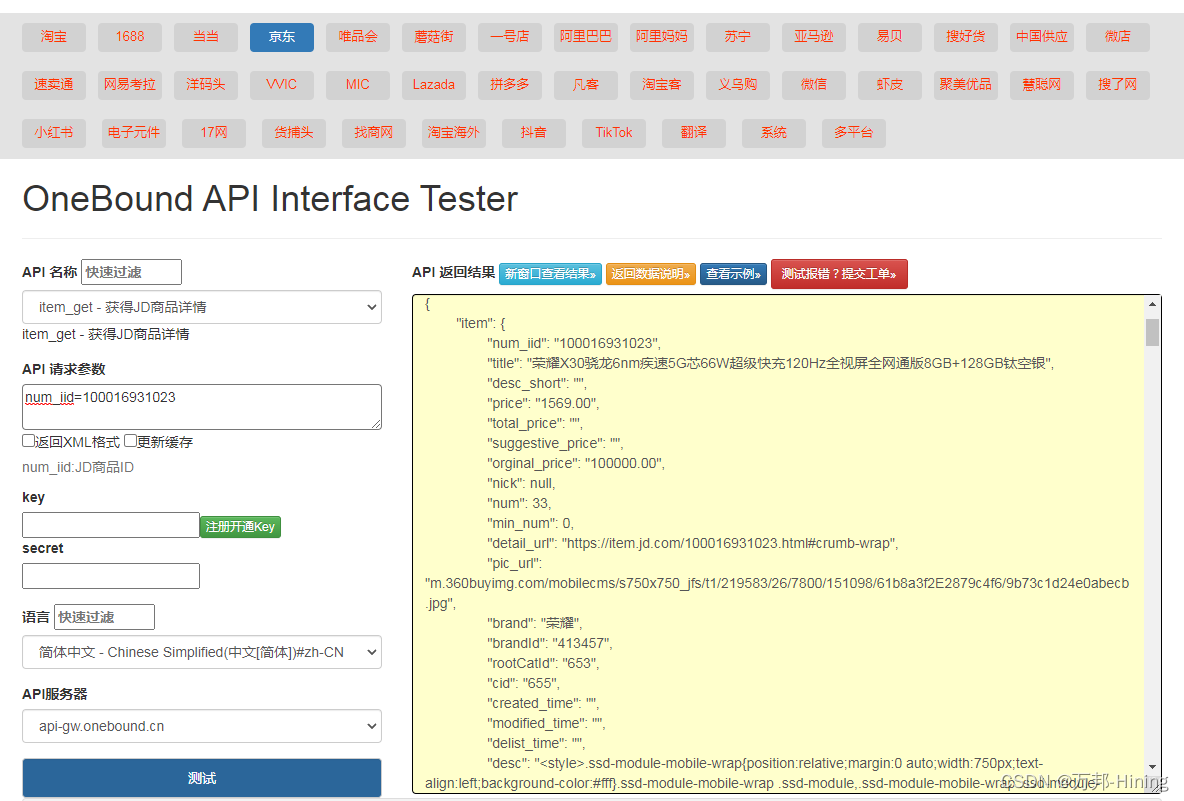
京东商品详情API调用实例讲解
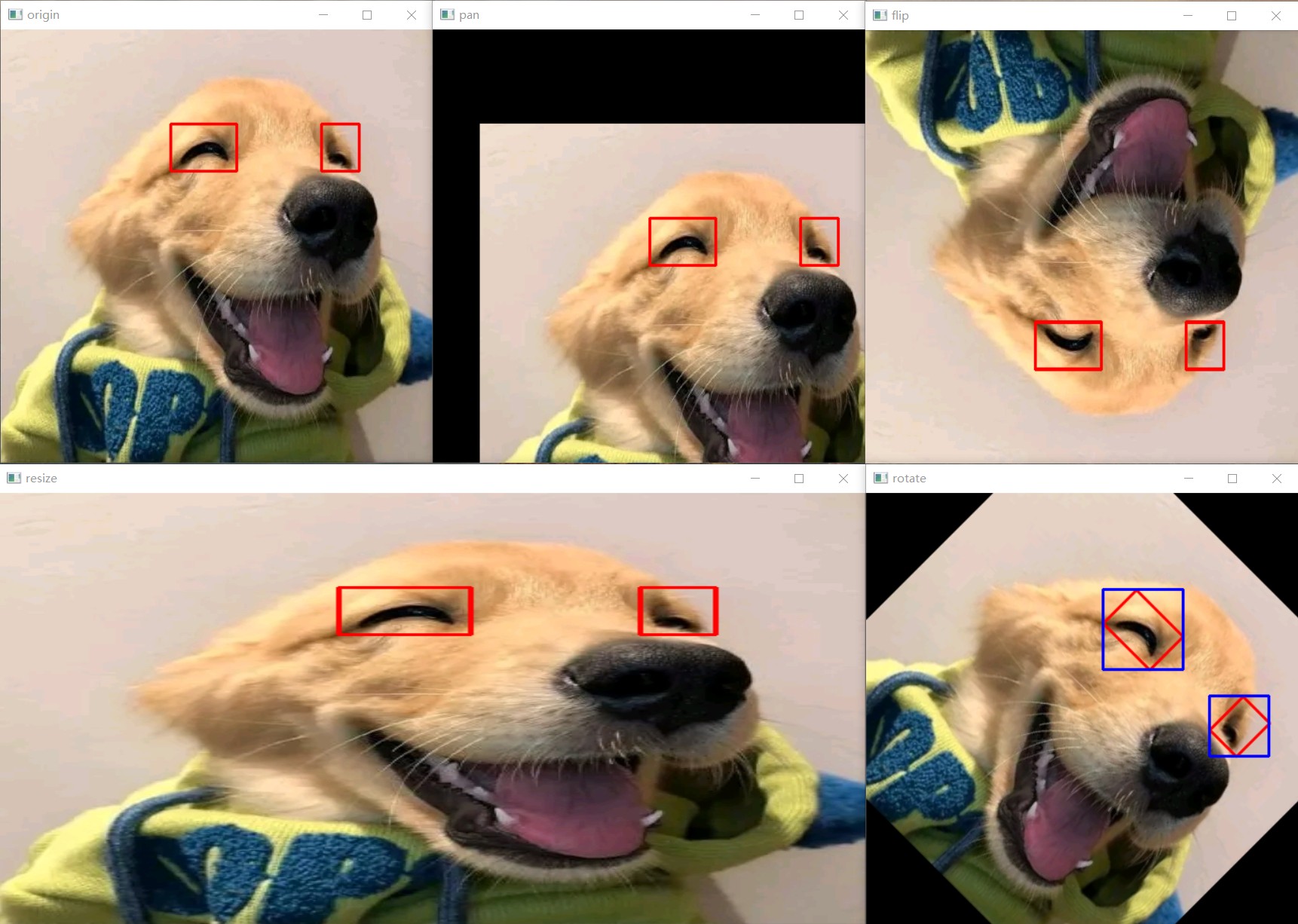
opencv实现数据增强(图片+标签)平移,翻转,缩放,旋转
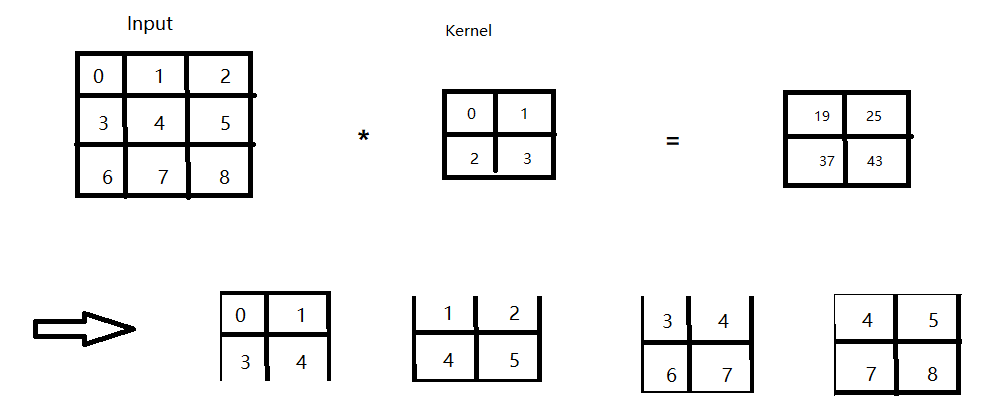
李沐d2l(十)--卷积层Ⅰ

EasyPlayer针对H.265视频不自动播放设置下,loading状态无法消失的解决办法
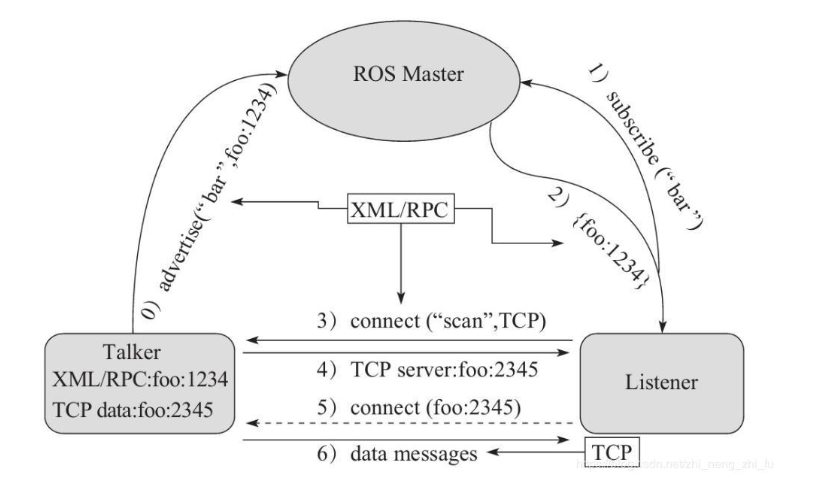
ROS 话题通信理论模型
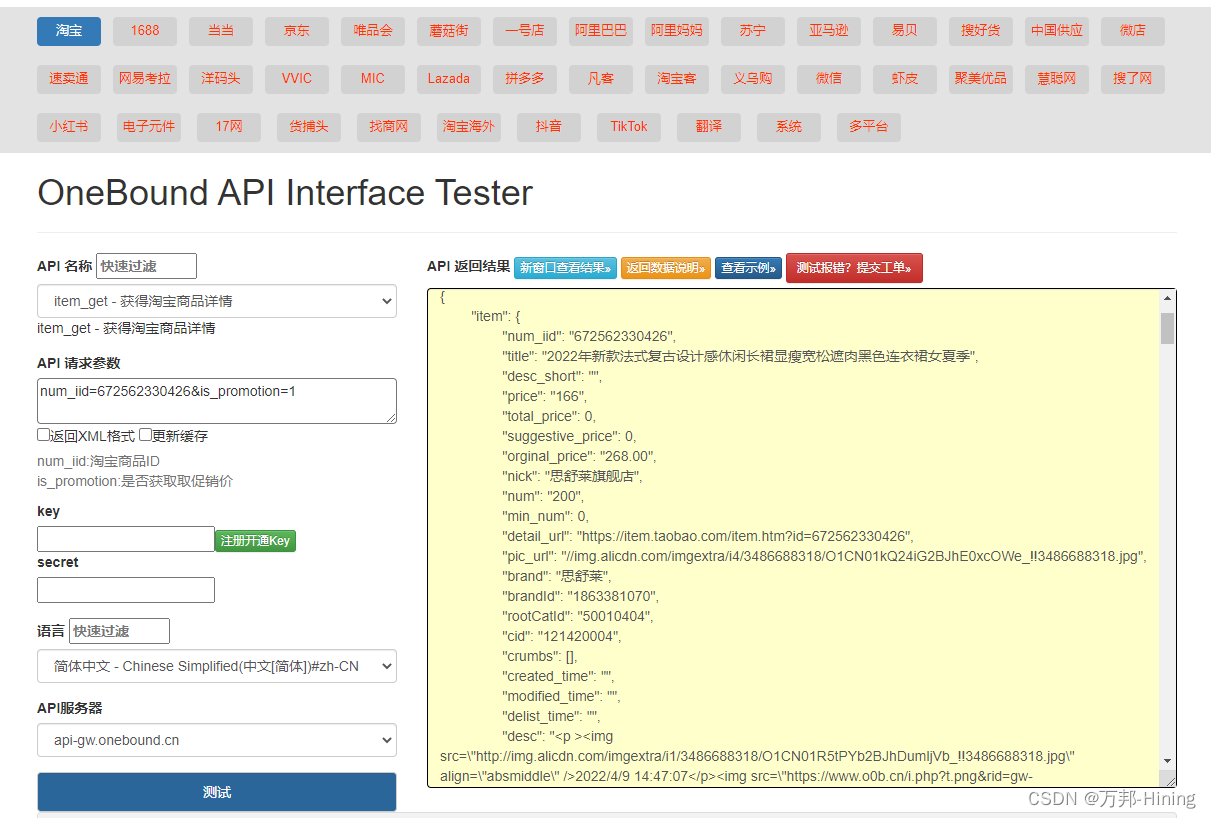
Taobao API common interface and acquisition method

详述 MIMIC护理人员信息表(十五)

mysql视图与索引

【LaTex-错误和异常】\verb ended by end of line.原因是因为闭合边界符没有在\verb命令所属行中出现;\verb命令的正确和错误用法、verbatim环境的用法
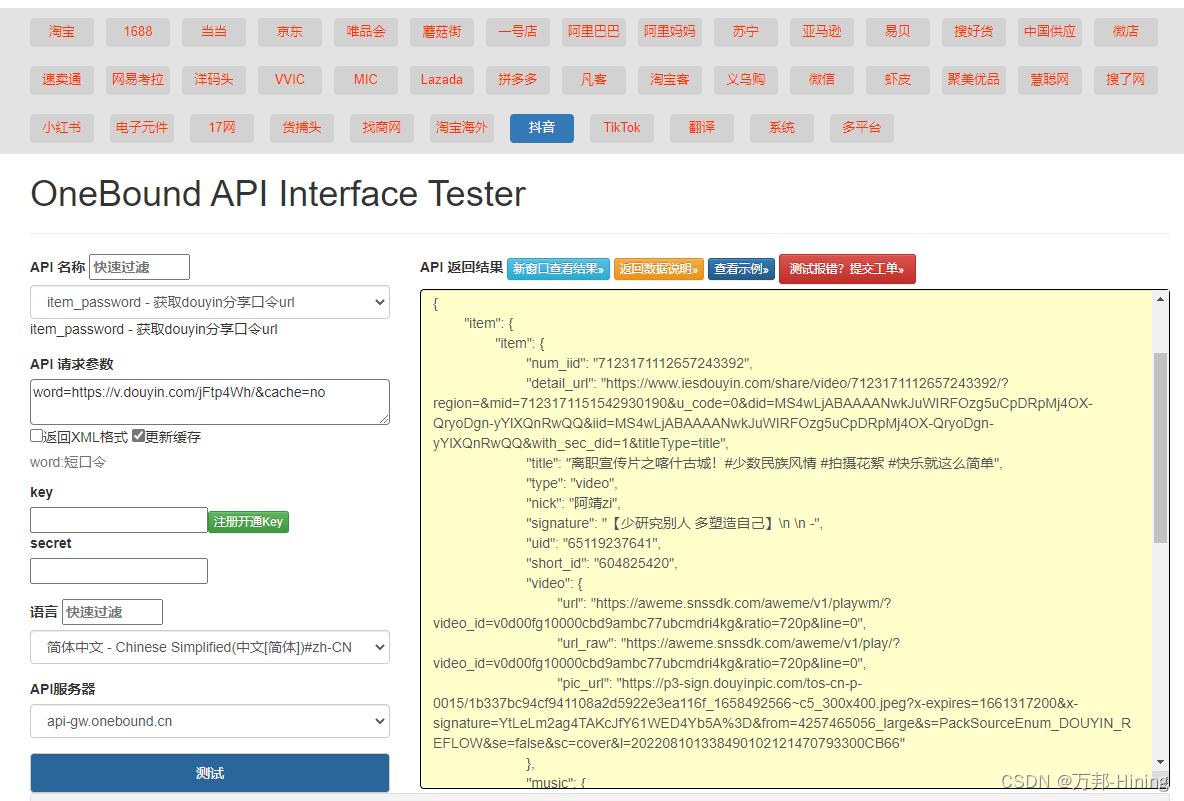
抖音获取douyin分享口令url API 返回值说明
随机推荐
What are the things that should be planned from the beginning when developing a project with Unity?How to avoid a huge pit in the later stage?
淘宝API接口参考
【预约观看】Ambire 智能钱包 AMA 活动第四期即将举行
语音信号处理:预处理【预加重、分帧、加窗】
Redis源码:Redis源码怎么查看、Redis源码查看顺序、Redis外部数据结构到Redis内部数据结构查看源码顺序
Unity程序员如何提升自己的能力
实现通用的、高性能排序和快排优化
Waldom Electronics宣布成立顾问委员会
LeetCode brushing series -- 46. Full arrangement
Daily sql-seek the sum of successful investments in 2016
SQL滑动窗口
下一代 无线局域网--强健性
姿态解算-陀螺仪+欧拉法
Daily sql--statistics the total salary of employees in the past three months (excluding the latest month)
接入网、承载网、核心网是什么,交换机路由器是什么、这个和网络的协议有什么关系呢?
Production and optimization of Unity game leaderboards
每日sql-统计各个专业人数(包括专业人数为0的)
抖音获取douyin分享口令url API 返回值说明
基于FPGA的FIR滤波器的实现(5)— 并行结构FIR滤波器的FPGA代码实现
每日sql-找到每个学校gpa最低的同学(开窗)